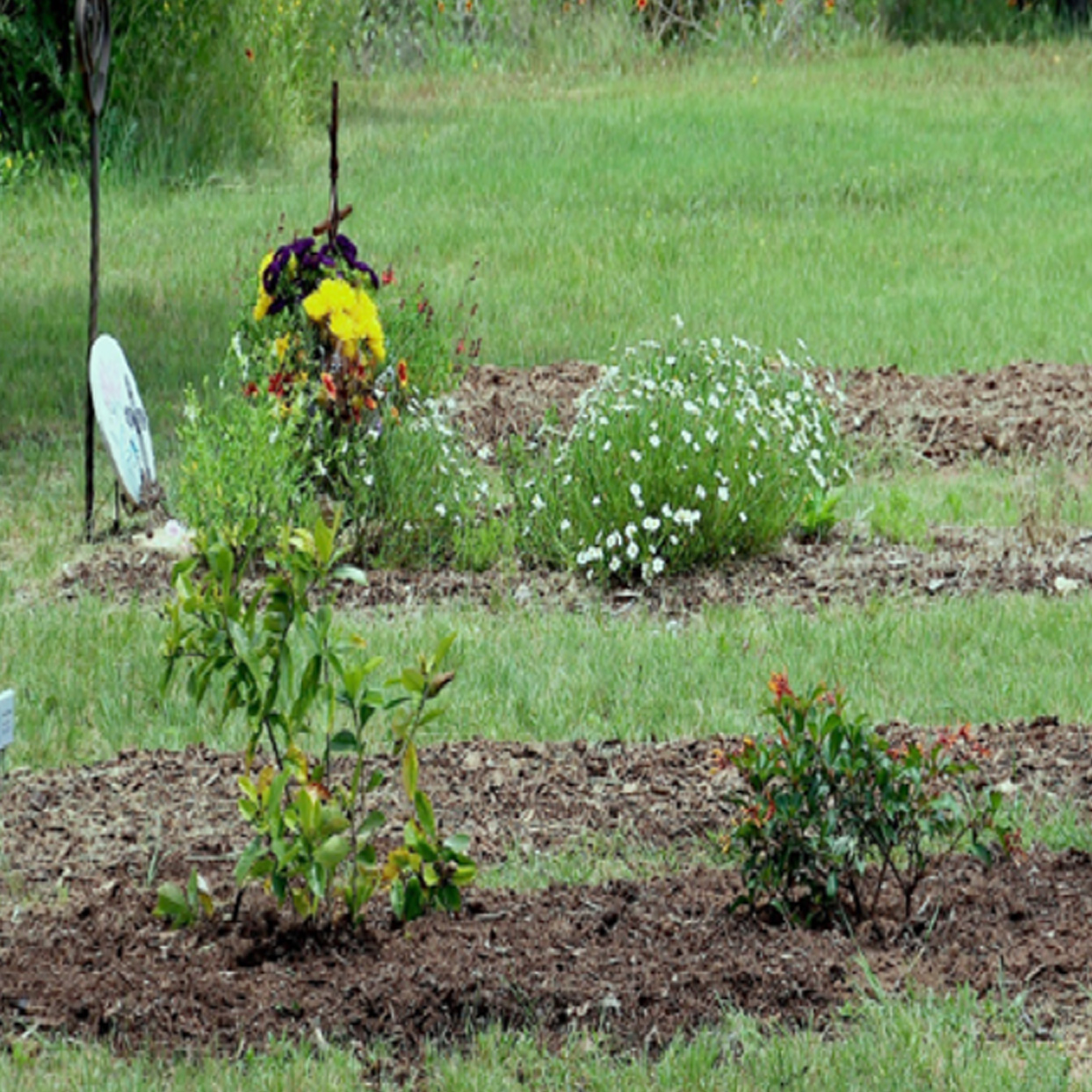Editor’s note: this is the second in a series of posts co-written by Kent Burreson and Beth Hoeltke. The first was “Pondering our Death.” The coincidence of continuing this conversation on All Saints Day makes it all the more worth our reflection.
In our last post, we encouraged you to “ponder your own death.” Why? Because your body is a gift to you from God in this life. The Lord holds your bodily life as the apple of his eye (Psalm 17:8). And the Lord will raise your body on the last day, giving you bodily life for eternity. Pondering your own death is one way in which you continue to treasure the gift of your body and give thanks for it, even beyond your final breath as you look to the Day of Resurrection.
Pondering your own death includes giving attention to your own burial, to the disposition of your body at death as it rests until Christ raises it on the Final Day. Since the Civil War in the United States, an “American Way of Death,” to use Jessica Mitford’s infamous phrase, has taken hold. This usually involves entrusting care of the body to a funeral home or director either for embalming and burial in a cemetery with use of elaborately constructed caskets and vaults or for cremation with disposition of the ashes in a columbarium or other appropriate location. Most Christians presume this is the way we must attend to our dead. But this amounts to a severe restriction of the possibilities. Instead we should consider a spectrum of possibilities that open us to more natural, green practices. By doing so we would return to ways of burial that our ancestors would have practiced prior to the 1860’s.

Narrowly-speaking, Natural Burial opens us up to part of that spectrum of possibilities. What is Natural Burial? Essentially it entails four things: 1)Elimination of embalming in caring for the body; 2) Burial in a biodegradable covering/casket 3) Placement of the covering/casket directly in the ground without use of a vault; 4) Burial in an environmentally conscious and responsible burial ground that encourages the natural decomposition of the body and its return to the earth from which the Lord created it. So, the new possibilities include: No embalming; No traditional caskets and vaults; Burial directly in the ground within a cemetery that practices natural burial.
But the possibilities certainly don’t end there! Attending to your body’s resting place encourages you to consider other moves away from the “American Way of Death.” These include at least three areas of attention: the care of your body as you are dying through the final placement of your body in the ground; the funeral rite through which the Christian community bears you, a brother or sister in Christ, to your resting place until the Last Day; and the actual interment of your body in the ground.
In our next post we will begin to explore the entire spectrum of possibilities beginning with caring for your body immediately before and after death.


Leave a Reply
You must be logged in to post a comment.